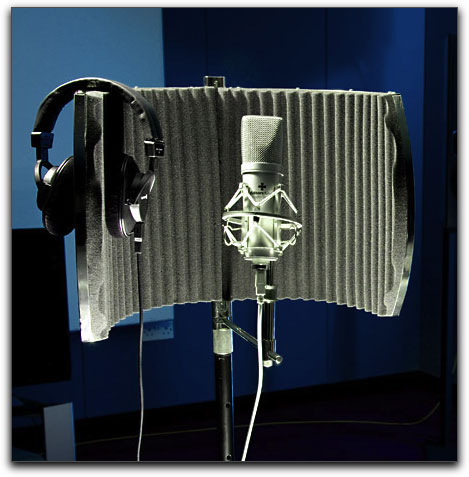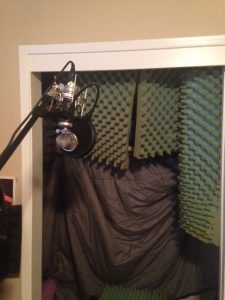Firstly, how odd that this forum doesn't have a dedicated audio section?
Anyway, I was recording some narration yesterday in my local uni's sound studio. Apparently one of the important files became corrupted, and we can't get back into the studio for a couple of weeks.
For a festival deadline, I need to submit the film before we can re-record (I will re-record anyway, and if we get in, give them the re-recorded version), but for the meantime, I am going to have to make do with a home made recording booth.
I've heard of people lining a small cupboard with blankets and recording in there, but I can't seem to find much about it online. Is there anything specific I should be doing/looking for? Ideal room size/shape, etc.
Thanks for any help.
Anyway, I was recording some narration yesterday in my local uni's sound studio. Apparently one of the important files became corrupted, and we can't get back into the studio for a couple of weeks.
For a festival deadline, I need to submit the film before we can re-record (I will re-record anyway, and if we get in, give them the re-recorded version), but for the meantime, I am going to have to make do with a home made recording booth.
I've heard of people lining a small cupboard with blankets and recording in there, but I can't seem to find much about it online. Is there anything specific I should be doing/looking for? Ideal room size/shape, etc.
Thanks for any help.




